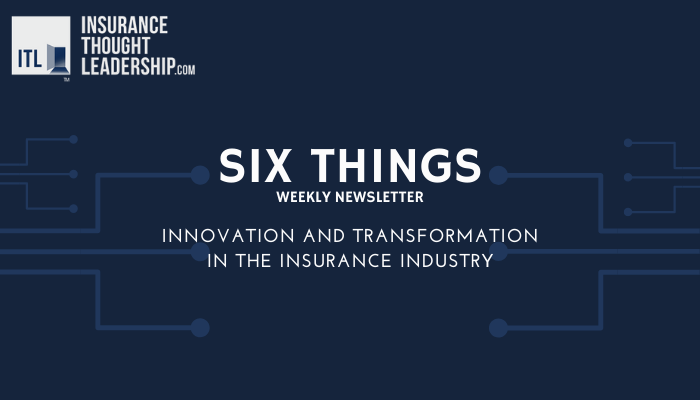|
Paul Carroll, Editor-in-Chief of ITL
While agreement has grown in recent years that climate change is real, that humans are a major contributor and that it presents a grave danger, the consensus still leaves a lot of wiggle room. How fast is the world warming? How much influence do we humans have? How stark are the coming dangers, and when will they hit us?
Many have rallied to the climate change cause based on a perceived moral imperative – we owe it to our kids and grandkids to leave the planet in the best shape possible – but the realist in me knows that the effort will go to the next level once the cause turns into a clear economic argument. The argument would project costs related to climate change, writ large – the growing damage from wildfires and hurricanes, the damage to crops from increased heat, the costs of people having to relocate from the coasts as sea levels rise, etc. (Yes, the models are imprecise, but they’ve been getting better for a long time and will continue to do so.) The argument would then project the costs both of slowing the warming of the planet in the long run and of mitigating the short-term risks from those storms, fires and more. Once it becomes clear that the price of likely damage exceeds the cost of mitigation, then climate change expands from being a cause to being a calculation.
That may be starting to happen... continue reading >
|



















